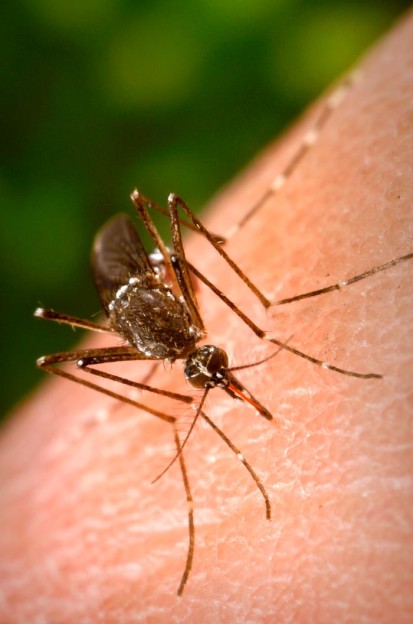While there has been much attention given to the latest mosquito borne illness that arrived in the Western Hemisphere recently, Zika virus, it should be noted that today is the second anniversary on the confirmation of the first autochthonous transmission of Chikungunya virus in the Americas.

Two cases of the strangely-named mosquito borne viral infection (pronunciation: \chik-en-gun-ye) were confirmed on the Caribbean island of St. Martin by a laboratory in Marseille and reported to Agence Régional de Santé (ARS) on December 5, 2013. The two confirmed cases originated in French Quarter.
Here we are exactly two years later and even though many countries are not consistently reporting cases any longer, 1,724,761 locally-acquired, suspected and confirmed chikungunya cases have been reported.
From the first cases through the end of 2014, more than 1,100,000 cases were reported with the bulk of cases (820,000) reported from the Caribbean islands. However, reporting of cases soon came to a crawl in many countries, in fact, Haiti as one example, which saw tens of thousand of cases in 2014, has not reported anything this year.
In 2015 to date, Colombia (350,000) and the countries of Central America (182,000) account for nearly nine out of 10 cases reported.
271 cumulative chikungunya-related fatalities have been reported since Dec. 2013.
Since the viruses arrival in the Americas, much work has been done in vaccine research, treatment and mosquito control, see HERE, HERE and HERE
Phase II clinical trials on an NIH sponsored chikungunya vaccine is about to begin.
In addition, we’ve learned that the severity of chikungunya may have been previously underestimated. A recent study revealed the rate of brain infection, or encephalitis, from the chikungunya virus is higher than the rate seen in the United States due to West Nile virus and similar infections between 1999 and 2007.
Two years later and we do know more about the virus first described during an outbreak in southern Tanzania in 1952 that arrived in the west. Clearly, much more research on prevention, treatment and control is needed and on the horizon.
Chikungunya is a viral disease transmitted by the bite of infected mosquitoes such as Aedes aegypti and Aedes albopictus. It can cause high fever, join and muscle pain, and headache. Chikungunya does not often result in death, but the joint pain may last for months or years and may become a cause of chronic pain and disability. There is no specific treatment for chikungunya infection, nor any vaccine to prevent it. Pending the development of a new vaccine, the only effective means of prevention is to protect individuals against mosquito bites.
Robert Herriman is a microbiologist and the Editor-in-Chief of Outbreak News Today and the Executive Editor of The Global Dispatch
Follow @bactiman63


2 thoughts on “Chikungunya in the Americas: Two years ago today”